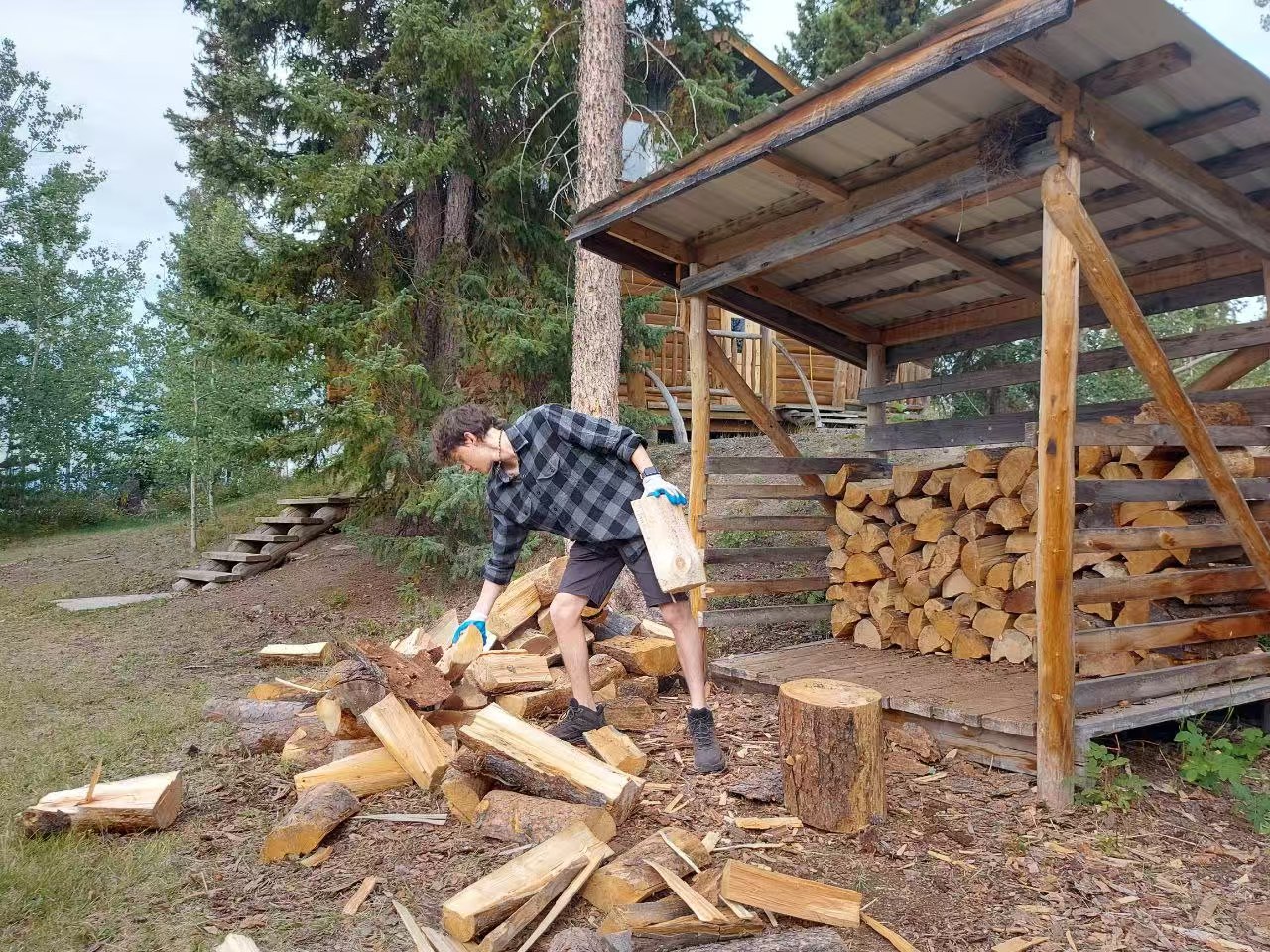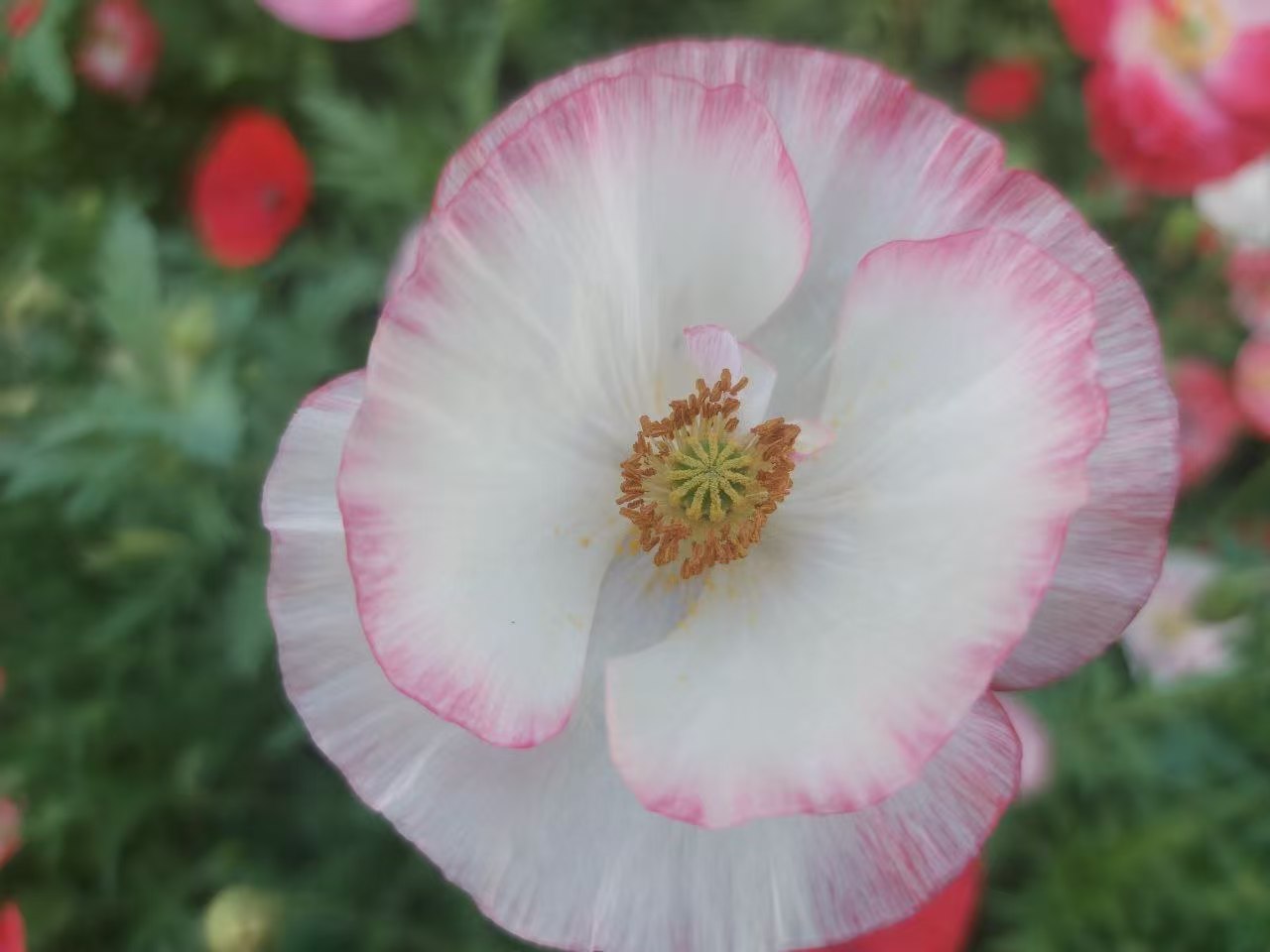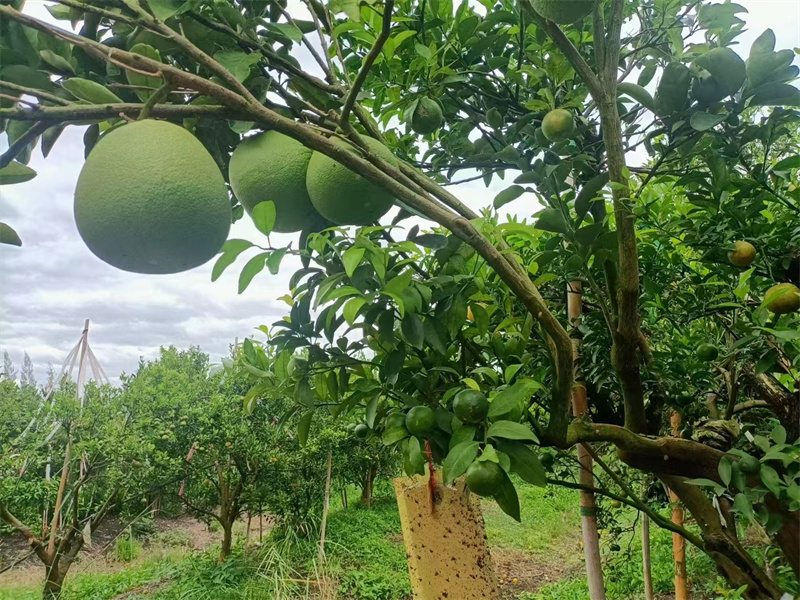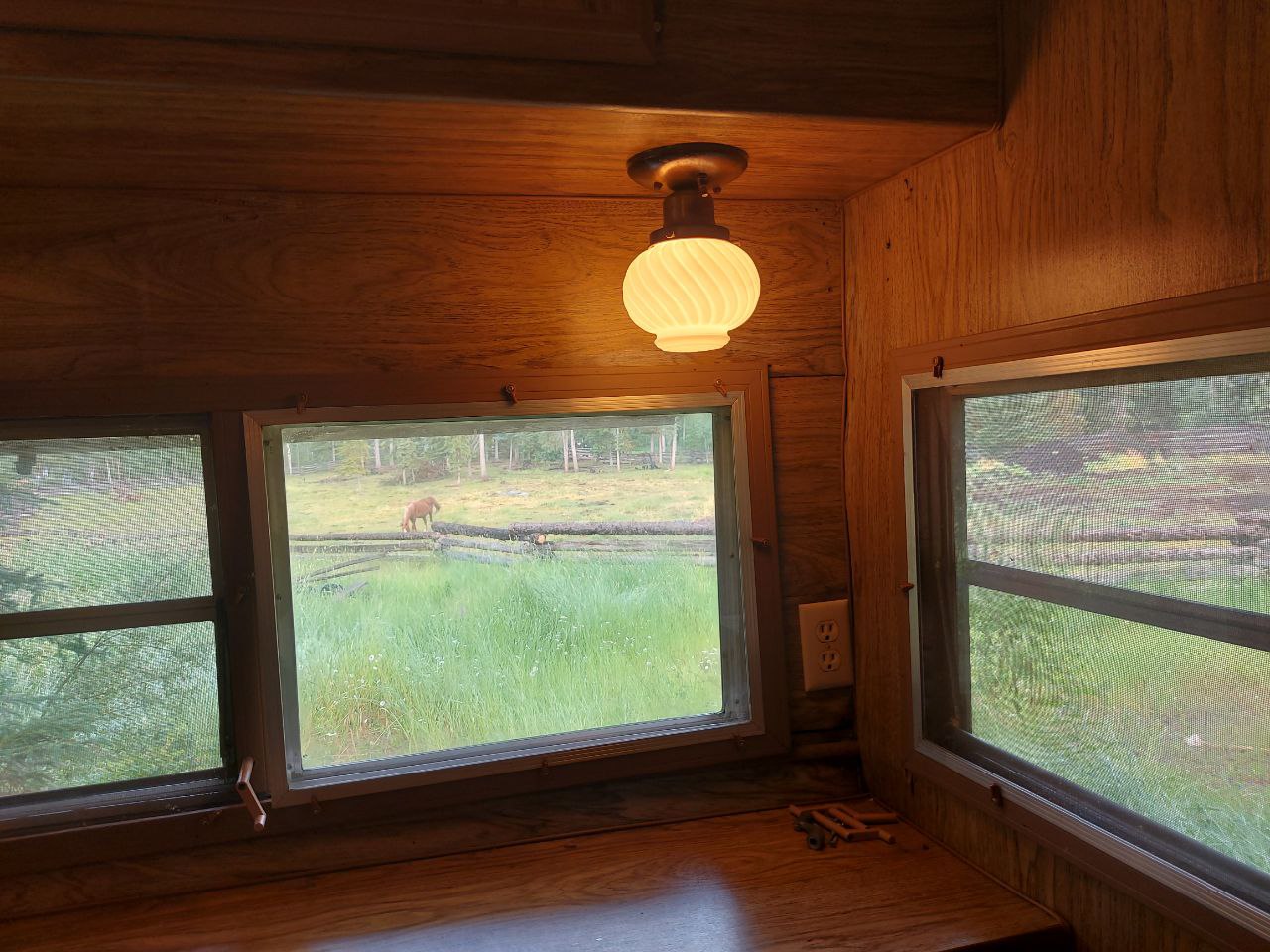|
Four Basic Permaculture Principles
Learn to view the world through “the eyes”of Permaculture
Permaculture is rooted in the fact that no single problem or solution stands on its own. In recognition of this balance, it embraces four basic principles:
- Working with nature rather than against it
- Thoughtful observation rather than thoughtless labor
- Each element should perform many functions rather than one
- Everything is connected to everything else
To do this, permaculture requires: - Our HEARTS … to feel the land
- Our MINDS … to observe how nature works and learn from it
- Our BODIES … to put this learning into practice
Principle 1. Working with nature rather than against it
It seems that humans often try to make things more difficult than they need to be. It has been proven that legumes, compost, and organic matter all help to feed the soil free of charge, but we continue to research and pay for artificial fertilizers. We know that growing a variety of plants is one of the keys to healthy living. It allows us to improve our soil, protect our environment, and meet our nutritional needs. It also offers us a renewable source of things like medicines, building supplies, fuel, clothing, etc…And yet we often put all of our energy into clearing away large areas of natural diversity to make room for only one or two food crops. Our ancestors collected and used indigenous seeds, which are better adapted to the areas in which they grow, they are often pest and drought resistant, and best of all they are free—yet we still spend our money on foreign hybrids. We have also been shown that nature has ways of controlling pests and diseases, but we still prefer to purchase chemicals to do these jobs. Why? t seems that we often work overtime to struggle against nature. Each year during the rainy season, thousands of seedlings spring up from our soil. These plants, if allowed to mature, could be providing Malawi and the rest of the world with nutritious food, firewood, building supplies, and everything that we need for our survival. But instead of simply allowing nature to do all of this work for us, we waste our energy trying to get rid of these things. Through practices like burning, clear-cutting, monocropping, over-grazing and over-sweeping, we eliminate all that nature has given to us as a gift. Nature is a miracle that is taking place every day right outside of our doorstep. If we simply start working with this miracle, rather than against it, our rewards could be unlimited. The world is over-flowing with potential…Just let it grow!
Principle 2: Thoughtful observation rather than thoughtless labor
We can learn a lot from nature if we give it the chance to teach us. Since the beginning of time, generations of people have known this and used it to their advantage. The earliest sailors used the stars for navigation, the sky to predict the weather, and the behavior of animals to locate sources of food. Traditional healers from every part of the world have used observation of nature to show them plants that can heal us, and those which could harm us. If we take the time for these observations, we can see how every part of nature, from the smallest microscopic organisms to the largest plants and animals, all perform a specific function. Each of their individual roles is vital for the success of the whole. Permaculture advises us to make the most of these observations before we put our energy into something that might be working against nature, rather than with it.
Principle 3: Each element should perform many functions, rather than one
If we have made use of our thoughtful observations, we will be able to see that each element in nature, even though it may have a specific function, is probably carrying out many other functions as well. If we pay attention to these observations, we can utilize one thing for many reasons and drastically improve our lives and our environments. If we plant a mango tree, for instance, we know that it will eventually give us the nice juicy fruit that we love to eat. But if we look at this mango tree through the eyes of Permaculture, we learn to recognize all of the other functions that it will be performing. This same mango tree that we are planting for fruit will also give us: shade, medicine, firewood, and protection from the wind. Its leaves will break the force of the falling rain and give us organic matter for our compost piles. Its roots will help to hold the soil in place and bring up minerals from deep below the soil’s surface. Its branches will provide shelter for all sorts of birds, insects, and other wildlife. And then, on top of all of this, it will yield the delicious food that will give us nutrients that our bodies need to stay healthy and strong. If we take into consideration all of the mango trees functions, we can then decide where to place it or what to put near it to make use of the most of its uses. When we start to look at nature in this manner, we can see that we have all of the resources that are necessary to sustainably meet our needs for long into the future.
Principle 4: Everything is connected to everything else
As human beings, our connection with nature is an essential component of Permaculture. For some reason, we often think of ourselves as somehow separate or above the laws that govern all of nature. This type of thinking has isolated us from the very roots of our existence. As soon as we place ourselves back into the cycle of nature, it becomes clear that whatever we do to this cycle will have an impact on our survival. If we strengthen and nurture it, it will yield rich rewards for our future, but if we continue to take away from this cycle and weaken it, the outcome will have devastating results. Life truly is a web, of which humans are only one strand. If the strands of this web are weakened or broken it will no longer be able to support itself. On the other hand, if we do everything in our power to replace, mend, and reinforce the strands of this web it will mean a better future for the entire planet. Nature comes equipped with checks and balances. It has methods of controlling diseases, regulating its population, and healing itself. If we upset this balance, we often end up creating many unforeseen problems for ourselves. The deliberate extermination of one insect that may be causing damage to our crops can have disastrous results. It may be that the so-called “pest” we have decided to eliminate is responsible for keeping the population of even more harmful insects under control. Or perhaps, that so-called “pest” is an intricate strand in nature’s web that other animals depend upon. This was the case that we tragically learned in America through the use of an insecticide known as DDT. The insects that were eliminated through the use of this chemical were part of a larger food chain. The contamination of this food chain eventually resulted in bringing the national symbol of the United States, the American Bald Eagle, close to extinction.
|
 Haha, I’ve got a helper now!
Xuefeng
September 8, 2024
(Translation edited by Q
Haha, I’ve got a helper now!
Xuefeng
September 8, 2024
(Translation edited by Q
 Haha, I felt young again!XuefengYesterday morning, after breakfast, I started ch
Haha, I felt young again!XuefengYesterday morning, after breakfast, I started ch
 Papaver rhoeas: The Designated Flower of Lifechanyuan
by Xuefeng
August 20, 2024
Papaver rhoeas: The Designated Flower of Lifechanyuan
by Xuefeng
August 20, 2024
 Joyful Games and Warm Welcome for Gabi at Lifechanyuan's Thai Home
Qianzi Celest
Joyful Games and Warm Welcome for Gabi at Lifechanyuan's Thai Home
Qianzi Celest
 Chilean Girl Gabi Experiences the Life of Lifechanyuan Thailand Second Home Comm
Chilean Girl Gabi Experiences the Life of Lifechanyuan Thailand Second Home Comm
 Another Clean and Tidy Joy House
In the tourist resort Holy Land Home, the guide
Another Clean and Tidy Joy House
In the tourist resort Holy Land Home, the guide
 Post time 2017-10-10 12:09:46
|
3585views0replies
Show the author posts only
|View large image
Post time 2017-10-10 12:09:46
|
3585views0replies
Show the author posts only
|View large image
 |Descending
|Read mode
|Descending
|Read mode





 Favorites
Favorites Relay
Relay Shares
Shares Collection
Collection